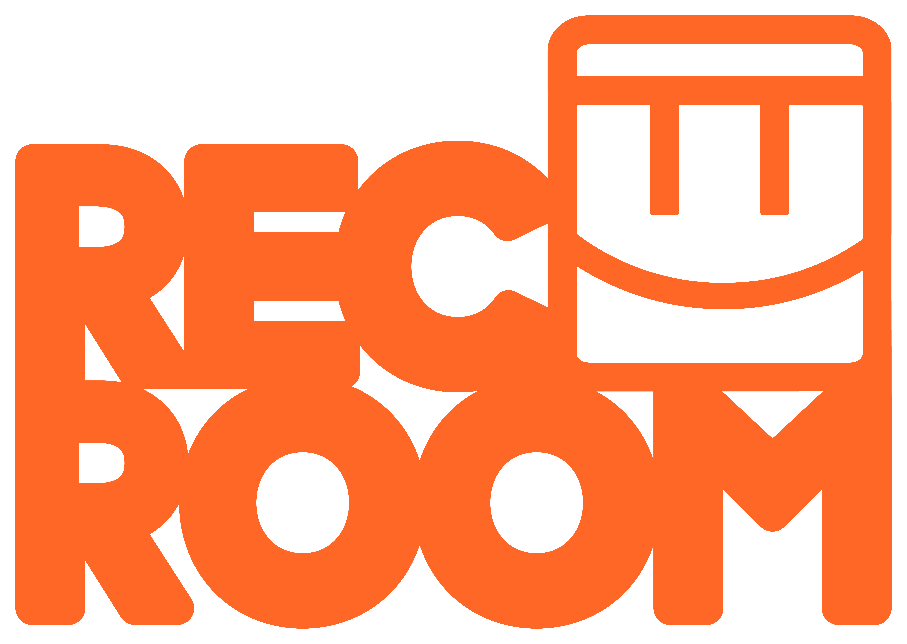Hey everyone,
We’ve been talking a lot lately about our efforts to unlock creation in Rec Room for more people. This includes efforts like the simplified Maker Pen interface, improving inventions in R2, and Maker AI. We’re also working on experiences that will help introduce players to creation in more of a free-form and playful way in social settings.
We see a lot of feedback from the community asking why we’re focusing on these areas and why we aren’t building more RROs or quests instead. To answer that question as directly as possible our CEO Nick wrote up this blog post.
~ Shawn
Why We Are Focused on Enabling Creation for Everyone
Building First Party Content
We’ve heard you — you want more RROs, especially quests and co-op adventures. And we get it. We love making and playing them too.
But we’ve got to prioritize. Our top priority right now is getting Rec Room on stable financial footing. And unfortunately, Quests don’t help us get there. In fact, they usually hurt.
The Numbers
We’ve built a lot of Quests: Golden Trophy, Jumbotron, Crimson Cauldron, Isle of Lost Skulls, Crescendo — each one more polished and ambitious than the last. But each one saw less play than the one before it. Even with more players on the platform, engagement trended down. You can see this from the visit counts on rec.net.
And this isn’t just about quests — the same pattern holds for RROs in general. As the effort went up, the returns went down.
We’ve built 20+ RROs, each with a different business strategy:
-
Rec Royale launched with a battle pass — players didn’t bite and it didn’t come close to covering the cost.
-
Showdown was locked behind Rec Room Plus — no impact.
-
My Little Monsters had direct monetization — it earned about 10% of its dev cost.
-
Run the Block was open-sourced for easy cloning — cloned content has earned little revenue.
Every time, we hoped, “maybe this version will make the model sustainable”. But none of them have cracked it.
We wish this wasn’t the case. But until we’re in a better financial position, big first-party games can’t be our main focus.
What We’ve Learned About Making Games
I doubt we’ll ever give up on first-party content. We still love building worlds. We still love telling stories. And we’re still constantly experimenting with how to make cool stuff sustainable — both for us and for creators.
One thing we have been doing with recent first party content is building them entirely using our UGC tools. Not only does this showcase what’s possible, but it stress-tests our systems. If you look at Run the Block’s circuit graph, you’ll understand what I mean. It’s incredibly complex. It enables gameplay far beyond what you’d see in a typical UGC room. But it’s also incomprehensible to all but the most advanced circuiteers.
Even Rec Room devs had trouble keeping track of what was going on in there.
And that’s a problem — because if we want the ecosystem to be filled with thousands of high-quality, deeply interactive rooms, we can’t rely on just the top 0.001% of creators. We need to lower the barrier and widen the funnel. That’s why we’re so focused on making creating easier for more people to build.
Creation - Lowering the floor AND raising the ceiling
That’s where we see AI-assisted creation fitting in.
Creation is the heart of Rec Room.
In-app, on any device — that’s what makes us unique. And creators — at all levels — are our most engaged, most valuable users.
When we say “Creators” people often think of a small group of highly visible capital “C” Creators. Obviously, our top-tier creators are building the content that keeps the platform fresh, exciting, and full of surprises.
But players who spend time building anything — even unpublished, even just for themselves — are the ones who stick around, bring friends, and buy things on the platform. They’re what keep the business going.
So our goal with AI is simple: help more people become creators, and help great creators do more.
AI can reduce the friction. It can speed up workflows, unlock complexity, and raise the bar for quality — without making the process intimidating. It’s a tool to lower the floor and raise the ceiling.
Our goal isn’t to replace creators. It’s to empower them.
I know some of you will note that, “AI is expensive,” but it’s also a paid feature — one that can offset its own costs and opens up powerful new creative possibilities. If we get this right, we’ll see more engaged players, more amazing rooms, and a stronger Rec Room.
Closing Thoughts
Ultimately, we want to build a Rec Room that can be around for a long time. Sometimes that means leaning into a direction that doesn’t make everyone happy. We don’t like when that happens, but when we have to make tough decisions we try to be as transparent as we can along the way.
We think AI-assisted creation is an important way of improving Rec Room over the long term, but we’re early in that journey and your feedback is critical.
Try out Maker AI, tell us what’s working (and what’s not), join the monthly Creator AMA to ask questions, and post bugs and requests in the forums (check the Maker AI Bugs and Maker AI Feedback sections). We’re building these tools for you — and with you. Your feedback helps us do that.
~ Nick


